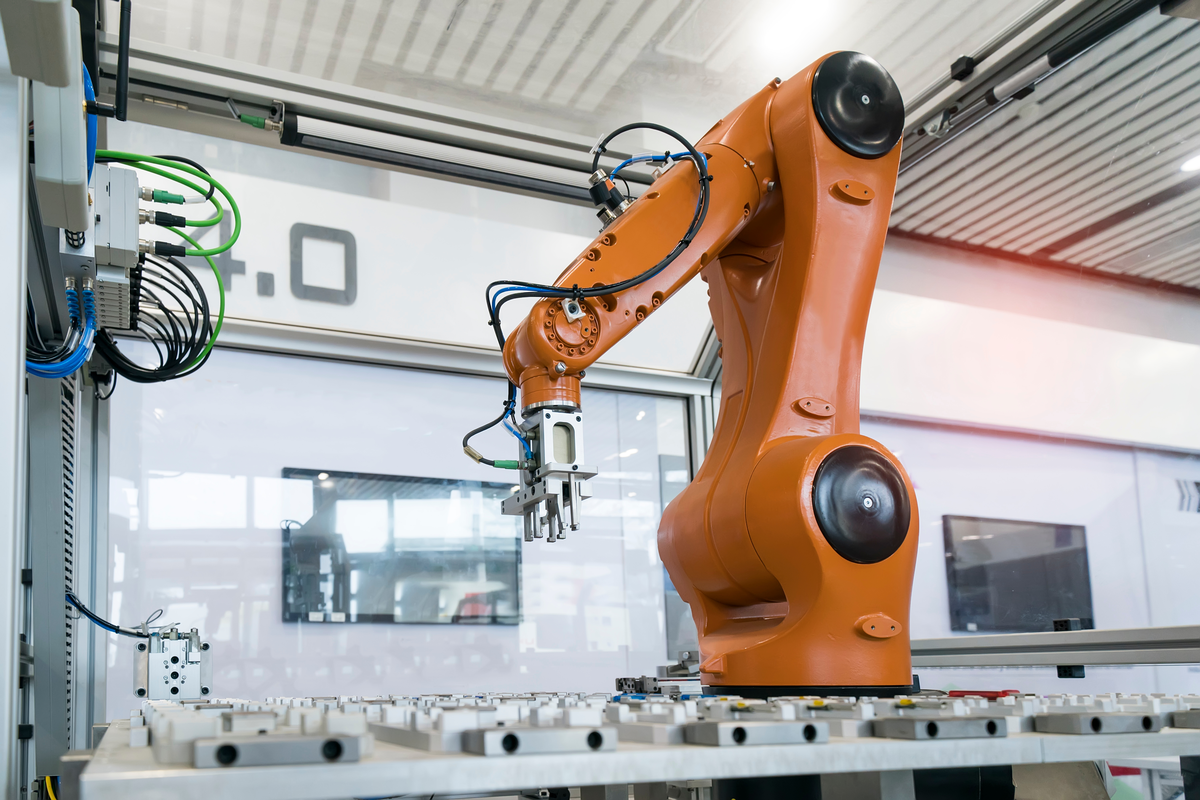Regulatory Challenges and Standards: Navigating the Landscape for Vision-Guided Robots

Introduction:
As the technology behind vision-guided robots continues to advance, it becomes increasingly vital to establish a robust regulatory framework to ensure safety, efficacy, and ethical use. This article explores the current regulatory landscape for vision-guided robots, highlights existing challenges, and discusses potential future developments in standards and safety.
Understanding Vision-Guided Robots
Vision-guided robots utilize sophisticated computer vision systems to perceive their environment, allowing them to make real-time decisions based on visual input. This technology is being integrated into various sectors, including manufacturing, healthcare, agriculture, and disaster response. The adaptability and precision of these robots hold the promise of revolutionizing many industries, but with this potential comes a range of regulatory challenges.
Current Regulatory Landscape
1. Overview of Existing Regulations
The regulatory environment for vision-guided robots varies by region and application. In the United States, several agencies oversee robotic technology, including:
- The Federal Aviation Administration (FAA): Regulates drones and UAVs, which often incorporate vision-guided technology.
- The Food and Drug Administration (FDA): Oversees medical robots, ensuring that surgical and diagnostic robots meet safety and efficacy standards.
- The Occupational Safety and Health Administration (OSHA): Ensures workplace safety concerning industrial robots.
In Europe, the European Union has been proactive in establishing regulations for robotics and artificial intelligence, particularly through frameworks such as the General Data Protection Regulation (GDPR) and the proposed Artificial Intelligence Act. These regulations focus on data privacy and the ethical use of AI technologies, including those employed in vision-guided robots.
2. International Standards
In addition to national regulations, international standards play a critical role in guiding the development and deployment of vision-guided robots. Organizations such as the International Organization for Standardization (ISO) and the International Electrotechnical Commission (IEC) are involved in creating standards that address safety, interoperability, and performance. Notable standards include:
- ISO 13482: Safety requirements for personal care robots.
- ISO/IEC 30170: Guidelines for the evaluation of robotic systems.
These standards help ensure that robots are designed with safety and reliability in mind, reducing risks associated with their use.
Regulatory Challenges
Despite existing regulations and standards, several challenges persist in the regulatory landscape for vision-guided robots:
1. Rapid Technological Advancement
The pace of technological innovation in robotics often outstrips the ability of regulatory bodies to keep up. This can lead to outdated regulations that do not adequately address the risks associated with new technologies. As vision-guided robots become more autonomous and capable, regulators must adapt to ensure safety and effectiveness.
2. Diverse Applications
Vision-guided robots are used across various sectors, each with unique requirements and risks. The regulatory framework must accommodate these diverse applications, leading to complexity and potential inconsistencies in regulations. For instance, the safety standards for surgical robots differ significantly from those for industrial robots or drones.
3. Data Privacy and Security
Many vision-guided robots collect and process vast amounts of data, including sensitive personal information. Ensuring data privacy and security is paramount, particularly in healthcare applications. Current regulations may not fully address the challenges associated with data management, raising concerns about compliance and liability.
4. Liability and Accountability
Determining liability in the event of a malfunction or accident involving vision-guided robots poses a significant challenge. Questions arise regarding whether the manufacturer, operator, or even the robot itself can be held accountable. Establishing clear guidelines on liability is essential for fostering trust and promoting the adoption of these technologies.
Future Developments in Standards and Safety
As the regulatory landscape evolves, several potential developments may enhance the safety and efficacy of vision-guided robots:
1. Enhanced Collaboration Between Stakeholders
To address regulatory challenges, greater collaboration between stakeholders—including manufacturers, regulatory agencies, and industry experts—is essential. Establishing dialogue can facilitate the development of relevant standards and ensure that regulations reflect the realities of technological advancements.
2. Dynamic Regulatory Frameworks
Regulatory bodies may adopt more dynamic frameworks that allow for quicker updates and adaptations as technology evolves. This could involve creating sandbox environments where new technologies can be tested under regulatory oversight, ensuring safety while fostering innovation.
3. Comprehensive Risk Assessment Protocols
Future regulations may emphasize the importance of comprehensive risk assessment protocols for vision-guided robots. Manufacturers could be required to conduct thorough evaluations of potential risks and mitigation strategies before deploying their products in the market.
4. Standardization of Data Management Practices
As data privacy and security become increasingly critical, establishing standardized practices for data management will be vital. This includes clear guidelines on data collection, storage, and sharing, ensuring that manufacturers adhere to best practices to protect user information.
5. Development of Liability Frameworks
Establishing a clear liability framework will be crucial for addressing accountability concerns. This could involve defining responsibilities for manufacturers, operators, and software developers, helping to clarify who is liable in various scenarios involving vision-guided robots.
Conclusion
The regulatory landscape for vision-guided robots is complex and evolving. While existing regulations provide a foundation for safety and efficacy, significant challenges remain. As technology advances, it is imperative that regulatory bodies adapt to ensure that regulations are relevant and effective.
Future developments in standards and safety will likely hinge on increased collaboration among stakeholders, dynamic regulatory frameworks, comprehensive risk assessments, standardized data management practices, and clear liability frameworks. By addressing these challenges and embracing innovation, we can harness the full potential of vision-guided robots while ensuring safety and trust in their deployment across various sectors.
Read the complete blog: https://www.nextmsc.com/blogs/vision-guided-robots-market-trends
- Art
- Causes
- Crafts
- Dance
- Drinks
- Film
- Fitness
- Food
- Jocuri
- Gardening
- Health
- Home
- Literature
- Music
- Networking
- Alte
- Party
- Religion
- Shopping
- Sports
- Theater
- Wellness
- IT, Cloud, Software and Technology


